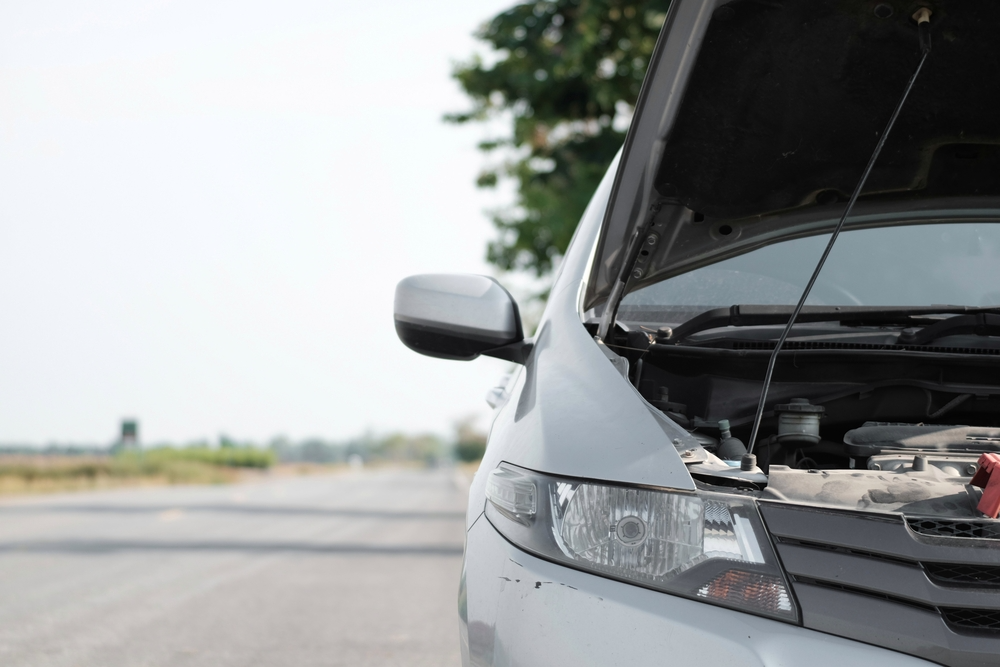Car Breakdown on the Road? An Emergency Guide for New Drivers

(Photo credit: TQM)
Driving is fun and convenient, but sometimes unexpected things can happen, such as a car breakdown on the road.
For new drivers, this situation can be startling and overwhelming. But don't worry! This article is an emergency guide to help you handle such situations calmly and safely.
1. Stay Calm and Pull Over Safely
The first and most important thing is to stay calm. If your car starts showing unusual symptoms, like strange noises, engine sputtering, or a warning light on the dashboard, try to guide your car to the shoulder or a safe area as quickly as possible, as far away from traffic as you can. Turn on your turn signal to let other drivers know you are pulling over.
2. Turn on Hazard Lights and Place a Warning Triangle
Once your car is safely pulled over, immediately turn on your hazard lights (emergency flashers). This warns other drivers, especially at night or in low-visibility conditions. Then, take out your emergency warning triangle, which you should always keep in your car. Place it behind your vehicle at an appropriate distance (about 50-100 meters) so that cars behind you can see it from afar and slow down.
3. Conduct a Preliminary Check (If Safe to Do So)
If the situation permits and it's safe to get out of the car, perform a quick preliminary check to identify the problem, such as a flat tire, smoke coming from the engine, or fluid leaks. If you're unsure what caused the problem, or if you find serious damage, do not attempt to fix it yourself without proper knowledge or tools, as it could worsen the situation.
4. Contact for Assistance
This is the most crucial step for new drivers if you cannot fix the problem yourself:
- Call your car insurance company: Most insurance providers offer roadside assistance services, which include towing or sending a technician to your location.
- Call your regular mechanic: If you have a trusted garage, you can call them for advice or to request assistance.
- Call emergency roadside assistance services: In Thailand, services like SWP.91 (สวพ.91) or JS.100 (จส.100), or relevant local authorities, can provide initial help or advice.
- Inform close contacts: Let your family or close friends know your situation and location.
5. Prioritize Personal Safety
While waiting for help, wait inside your car or stand in the safest area possible, away from traffic. Avoid standing on the shoulder of the road, which is risky for collisions, especially at night or in poorly lit areas.
6. Essential Items to Keep in Your Car
To be prepared for emergencies, you should always have these items in your car:
- Spare tire and tire changing tools: Jack, lug wrench.
- Jumper cables: For a dead battery.
- Flashlight: For visibility in the dark.
- Reflective vest: For personal visibility and safety.
- Emergency warning triangle: A must-have!
- Drinking water and snacks: While waiting for assistance.
- Phone charger and power bank: To ensure continuous communication.
Staying calm, being prepared, and knowing what to do when your car breaks down on the road will help you navigate this unpleasant situation safely and smoothly. We hope this guide is helpful for all new drivers!
Claim your free car valuation today!
Read More: Beginners Must Know! 5 Tips for Driving an Automatic Car
Looking for a car appraisal? You can contact us for a free car valuation within 24 hours…
